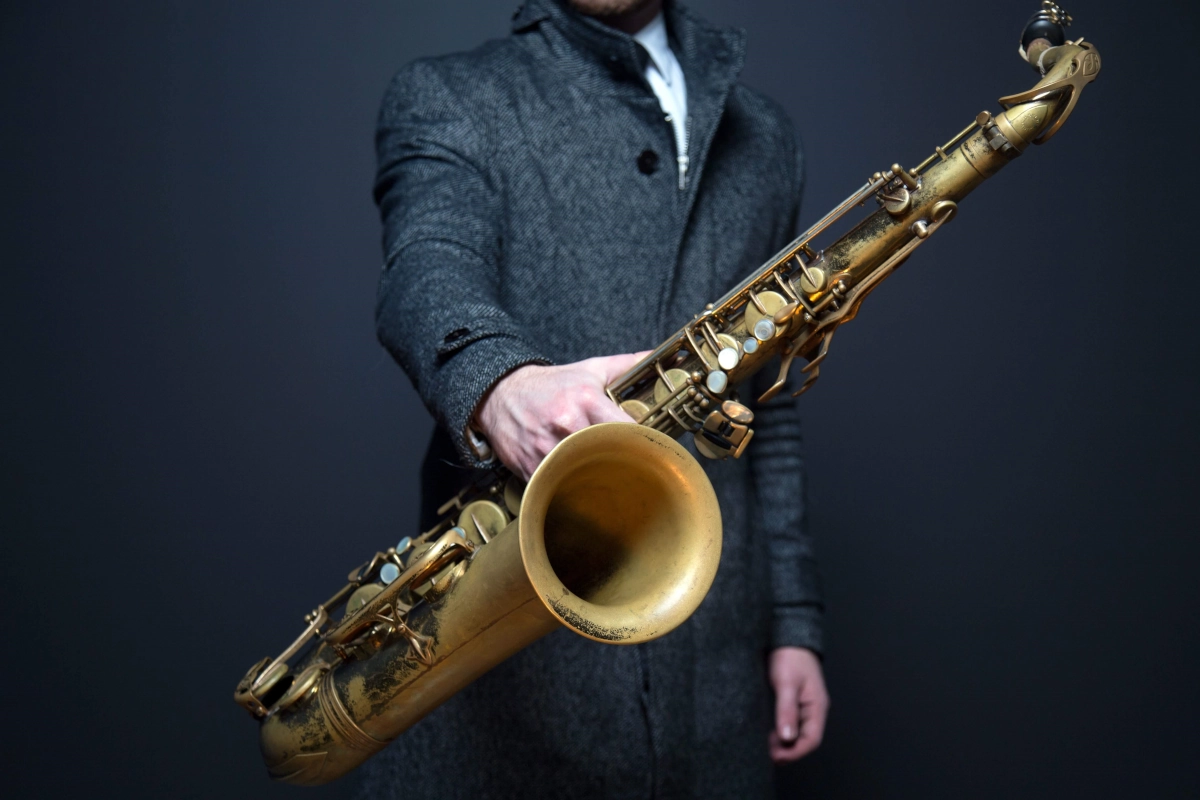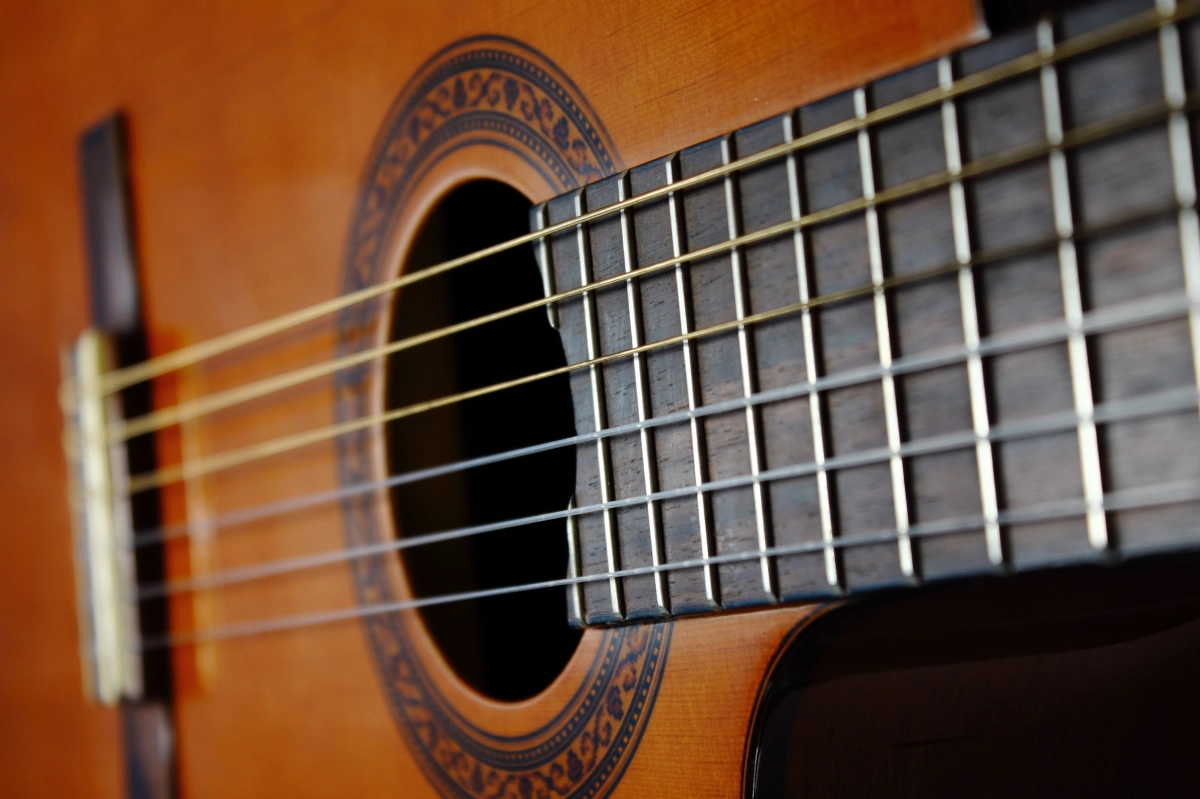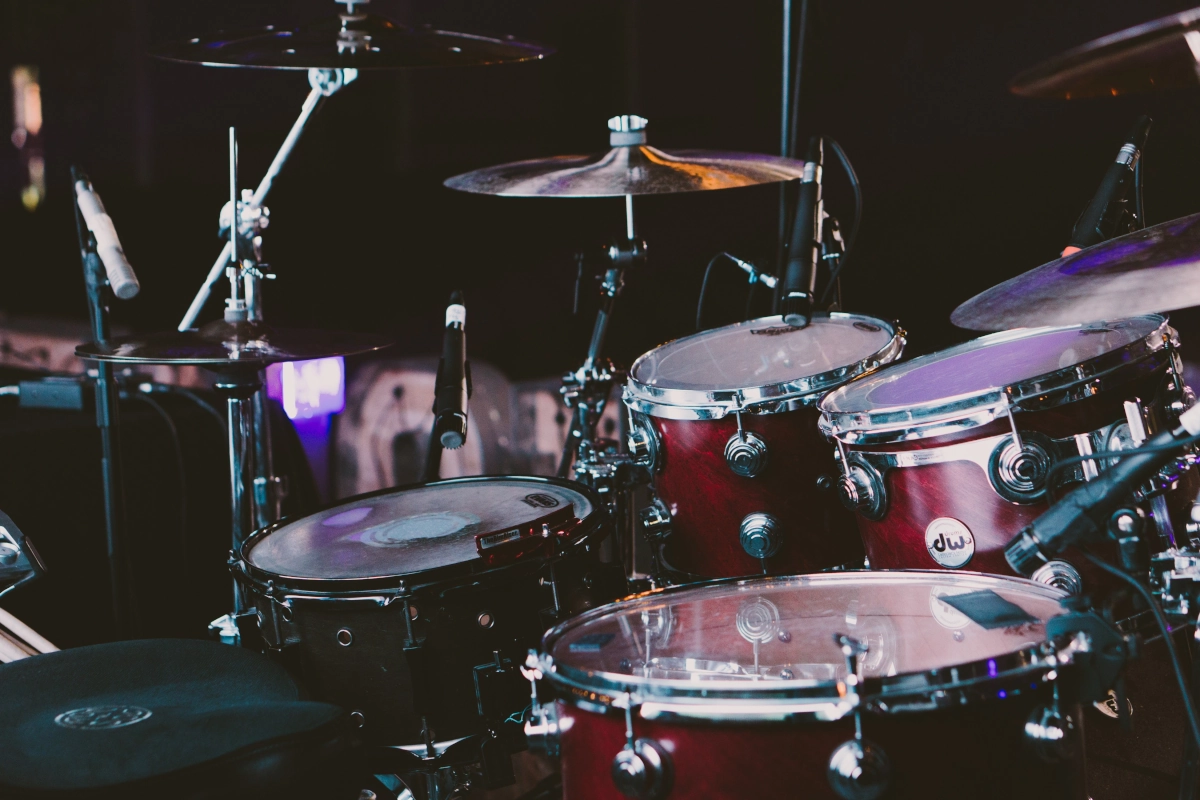On Another Note:
Storing Your Musical Instrument
The San Jose Jazz Winter Fest is just around the corner, and that got us thinking about instrument storage. Unlike other household items you may keep in storage, a musical instrument is a delicate thing. If you’re a musician, you know that taking care of your instrument is of the utmost importance. You’ve invested hundreds if not thousands of dollars to purchase your instrument, and you most likely treat it with kid gloves while it’s in your care. But what if you need to store your instrument for a long period of time? Where you store it, how you store it, and what maintenance you provide for it all factor into the condition of your instrument when you finally bring it back to life.
Climate Control is a Necessity
Probably the biggest factor in storing musical instruments is the environment with which they are stored. Large temperature or humidity swings can take their toll on instruments, especially those made of wood such as violins, guitars, and cellos. When deciding where to store the instrument take both temperature and humidity levels into consideration. Your closet, attic, basement, garage, or storage unit are all options for storage. But ideally, you’ll want store your instrument in a place that will allow you to maintain a temperature of 60-70 degrees and a humidity level of 35-50%, according to Strings Magazine. The reason for maintaining these levels is because wood is hygroscopic, meaning it absorbs moisture. As the humidity level rises, the wood absorbs this moisture and expands. As the humidity decreases, the opposite happens and the wood contracts. This expansion and contraction can crack the wood or loosen pegs.
If you’re thinking of storing the instrument in a room of your home, invest in a temperature/humidity monitor. You can get a reasonably-price one from AcuRite for under $10. This particular model shows a week’s worth of temperature and humidity range. This can give you an idea of how steady the levels are. If you’re considering a basement or garage, and plan to store the instrument for a long period, you’ll need to run this test for longer prior to actually storing your instrument in this environment. You may need to invest in a humidifier specifically made for your instrument. Musician’s Friend carries a variety of humidifiers for different instruments. While this will vary depending on the season, it gives you some idea of where you stand.
For storage units, storing an instrument safely may depend on the location’s environment and whether some type of climate control is available. For some locations that experience higher summer temperatures such as San Jose, Costa Mesa, San Pedro and others, thermostatic climate control is a must, allowing the temperature to be kept at a constant temperature year-round. For other, less-hostile locations in Oregon and Washington for instance, having a storage unit that is well-insulated and provides thermostically-controlled heat in the winter months is enough to maintain the type of conditions needed to store instruments safely. If you are considering keeping your instrument at a storage facility, check with the store manager to see if they offer climate-controlled or heated storage as well as what the temperature and humidity levels are kept at. If they fall within the ranges mentioned above, a storage unit is an excellent place to keep your instrument. You’ll want to make sure that you’re carrying enough insurance to cover any items that you put in storage in case of theft or damage.
How to Store Your Instrument Correctly
Each instrument comes with requirement for storing it so that it maintains its integrity and sound. First and foremost, store the instrument in its original case if at all possible. If this is a soft-case, consider getting a hard case. This will protect the instrument for unintentional nicks and bumps. Then consider the orientation and adjustment of the instrument. Cellos and violins, for instance, should be kept on their back to ensure they don’t get knocked over. You may want to loosen the strings slightly, but not so much that the bridges fall out. You’ll also want to loosen the bow tension if storing it for an extended period, otherwise the bow stick may warp over time.
Guitars should be stored vertically. While some people like to hang them, we advise keeping them in their case and storing them in a cabinet specifically designed for holding guitars upright. You should also consider a slight loosening of the strings while stored to prevent undue tension on the neck.
Percussion and Keyboard Instruments
Percussion and keyboard instruments each have unique storage requirements. For instance, for leather drum skins, oiling them prior to storage will prevent them from drying out. Glockenspiels, marimbas and xylophones need stored in their case and laid flat. Keyboards such as pianos and organs will need to be covered with either a vinyl, macintosh, or quilted cover, depending on where and how they’re stored. Check with the manufacturer to find out requirements for storing your instrument.
Brass Instruments
Brass instruments require a different set of instructions when keeping them stored for the long-term. You’ll want to disassemble the instrument as much as possible and remove the mouthpiece. Then give each piece a thorough cleaning making sure to brush the inside. Then give the instrument a good oiling and polishing. It’s important that you don’t store the instrument while there is still any moisture left in it.
The same rules regarding climate-control apply to brass instruments. Higher levels of humidity can result in “Red Rot” otherwise known as de-zincification. Keeping trumpets, trombones, baritones and the like in maintainable humidity and temperature level will insure the longevity of the instrument.
Annual Check-Up
No matter where you choose to store your instrument, you’ll want to do a periodic check on it to ensure it’s still in tip-top condition. Inspect the instrument for things like insect damage, warping, or cracking. If you notice any damage, take the instrument to a repair technician immediately. Make sure to tell them how you’ve been storing the instrument. They may have some advice for avoiding further issues.
Tune it Up
While doing your semi-annual or annual inspection, now would be a good time to give your instrument a tuning. Once tuned, repeat any lubrication and polishing necessary.
A Last Note
Following these simple rules and heeding the advice of your local music professional regarding proper storage will allow your instrument to maintain its beauty, sound and integrity for years to come.

About the Author: Derek Hines
Digital Marketing Specialist
Derek is originally from the great state of Wisconsin (go Badgers), but is slowly becoming a Pacific Northwesterner. As part of the Digital Marketing team, he writes extensively on storage, moving and life for West Coast Self-Storage, based in Everett, Washington.



